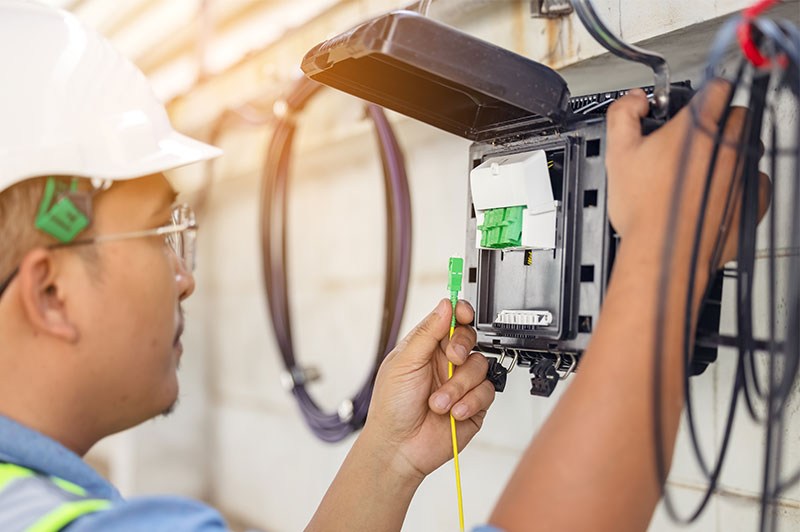Low Voltage Rescue & CPR Course is a training program designed to provide the necessary skills and knowledge to workers who may be required to perform a rescue of a person who has been exposed to electrical hazards. The training program also covers cardiopulmonary resuscitation (CPR), which is a life-saving technique used to revive a person whose heart has stopped beating. This training program is essential in ensuring that workers are equipped with the necessary skills and knowledge to perform these critical tasks safely and efficiently.
Importance of Low Voltage Rescue & CPR Course
The electrical industry is inherently hazardous, and workers are exposed to various risks, such as electric shock and electrocution. In the event of an electrical accident, workers may need to perform a rescue of a person who has been exposed to electrical hazards. Low Voltage Rescue & CPR Course is crucial in ensuring that workers are aware of the risks associated with electrical hazards and have the necessary skills and knowledge to perform a rescue safely and efficiently.
Cardiopulmonary resuscitation (CPR) is also an essential life-saving technique used to revive a person whose heart has stopped beating. Workers in the electrical industry may be exposed to situations where CPR is required, such as when a co-worker suffers a heart attack or other medical emergency. Low Voltage Rescue & CPR Course ensures that workers are equipped with the necessary skills and knowledge to perform CPR safely and efficiently, thereby increasing the likelihood of survival for the person in need.
Overview of Low Voltage Rescue & CPR Course
The Low Voltage Rescue & CPR Course training program is divided into several modules, including the following:
- Electrical Hazards: This module covers the basics of electrical hazards, including the types of electrical hazards, the risks associated with electrical hazards, and the measures that can be taken to prevent electrical accidents.
- Low Voltage Rescue: This module covers the steps involved in performing a low voltage rescue, including the use of personal protective equipment, the assessment of the situation, and the procedures for removing the person from the electrical hazard.
- CPR: This module covers the basics of cardiopulmonary resuscitation (CPR), including the steps involved in performing CPR, the use of automated external defibrillators (AEDs), and the appropriate procedures for performing CPR in the workplace.
- Assessment: This module includes a practical assessment of the skills learned in the Low Voltage Rescue & CPR Course training program.
Conclusion
Low Voltage Rescue & CPR Course is a vital training program for workers in the electrical industry. This training program provides workers with the necessary skills and knowledge to perform a rescue of a person who has been exposed to electrical hazards safely and efficiently. It also ensures that workers are equipped with the necessary skills and knowledge to perform cardiopulmonary resuscitation (CPR), a life-saving technique that can be used in various medical emergencies. By ensuring that workers are trained to the highest standards, the electrical industry can provide a safe and productive work environment for all workers.


